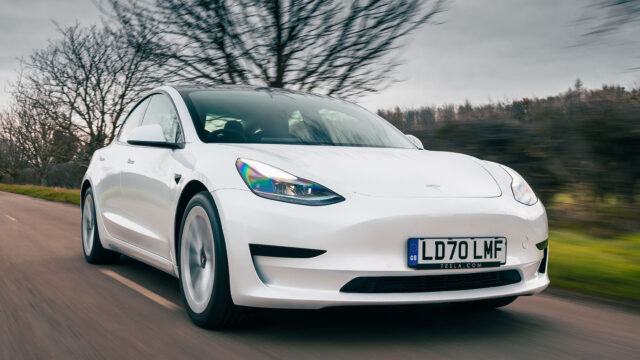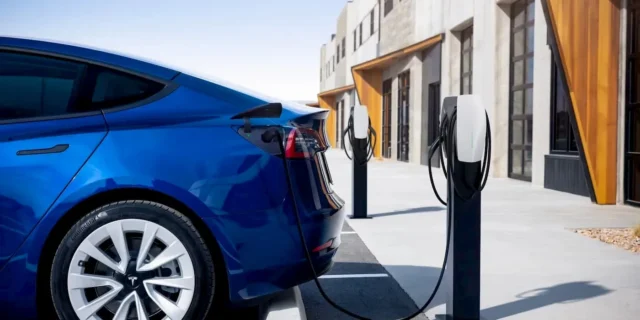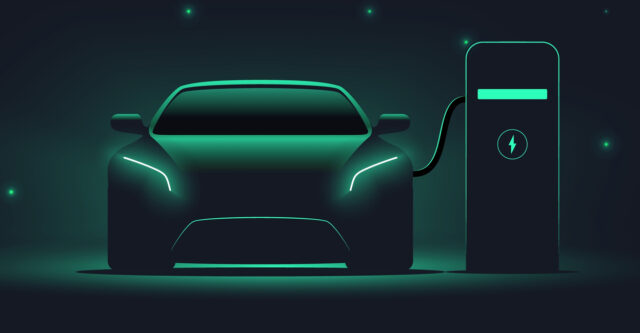
Electric vehicles, or EVs as they’re more commonly called, are becoming all the rage around Australia. For one thing, it’s part of an attempt to reach Australia’s zero emissions target by 2025.
Are you among the many Australians who may be considering upgrading your current vehicle to an electric car with the relevant EV charging cable and accessories? If so, there are a few things you need to consider before you make the leap.
Understanding Your EV Purchase

As with any purchase, EV shopping requires some research before you’ll know if it’s really for you. Our experts have compiled a list of factors to assess before you buy your first EV.
1. How Much Do You Drive?
Experts generally recommend that you only consider an EV if you drive less than 200 km every day. However, since most Australians report that they drive less than 40 km each day, it’s a viable option for most households.
With many households having two cars, a common option is to replace their “runabout” vehicle with an electric model. Luckily, with more electric charging stations popping up all over the country, it’s getting easier to charge your vehicle, no matter where you live.
2. Charging Requirements

Many novices assume that driving electric cars means that you need to drive slowly, or you’ll regularly run out of power. This is totally untrue! You can still have fun and drive as usual. You simply need to plan properly regarding charging stations in your area.
Before opting for an electric vehicle, decide whether you’ll be charging it at the closest charging station every one or two days, or if you’ll be setting up your own charging station.
Fortunately, newer EV models come out with a dedicated EV charger and a type 2 charging cable that you can mount on your garage wall. This makes charging your vehicle so much more convenient. Speak to your local electrician to assess whether or not an onboard charger would be the best option for your needs.
3. Used EVs New
With newer models reaching the Australian market, many current EV owners are looking to upgrade their current cars. Therefore, the secondhand market is also booming with available products to offer.
Interested in a used model? In addition to the regular things to check when buying a secondhand vehicle, you should also review the battery status of an EV. This is because batteries lose capacity over time.
Ask the dealer to do a range test to see whether or not you need to replace the battery before opting for that specific secondhand vehicle. You can also check the EV’s nifty data reader to establish battery health. This may be the deciding factor as to whether you opt for a secondhand or new vehicle.
4. Will Your Vehicle Require Software/Hardware Upgrades?

Another benefit that makes electric vehicles a worthwhile option is that their control firmware and software can be upgraded. For instance, the Tesla Model S can be upgraded using an over-the-air feature, all in order to improve your driving experience.
This is a great way to fix bugs and get access to new features. Experts predict that EVs of the future will even allow for battery upgrades to be made remotely. Speak to the dealer about the cost and process of the current upgrades and factor this into your overall cost to determine if it’s worth the expense.
5. Consider Charging With Renewable Energy
If you already have a solar system in place, you may be able to reduce costs by using renewable energy to charge your EV. By not using any grid power to charge your vehicle, you won’t see a rise in your electricity bill.
It’s also worth reviewing how much charging off-peak will cost you. Join social media groups of EV users in your area and check with them how they use and save energy. You may also get a few tips that will help you with the most effective purchasing and charging processes.
6. Check for Public Charging Options

You may already have decided to install a charging station in your home garage. While that can improve your whole charging experience, it’s recommended that you check the location of all the public charging stations around your home, work and areas that you usually travel. This will ensure that you have a plan B in place if, for whatever reason, you won’t be able to charge your vehicle at home.
Since most new EVs have a DC fast charging option, you will be able to charge your vehicle up to 80% in under 30 minutes. This will provide your vehicle with enough power for a 600 km range.
Keep in mind that some charging stations may offer free charges, but these will most likely be slow charges that take considerably longer.
Tip: there are several apps that you can use to locate the most convenient charging stations around your home.
Final Thoughts
There are plenty of good reasons to invest in an electric vehicle. However, it’s crucial to review all the factors that go into storage, charging and general maintenance. This will ensure that you make the best choice for your unique situation. The right information will also take you one step closer to reducing your personal carbon footprint!













